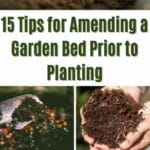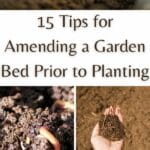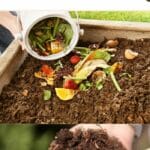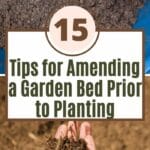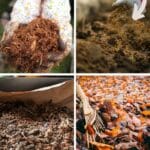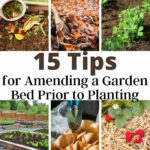When it comes to gardening, you only get as much as you put into it.
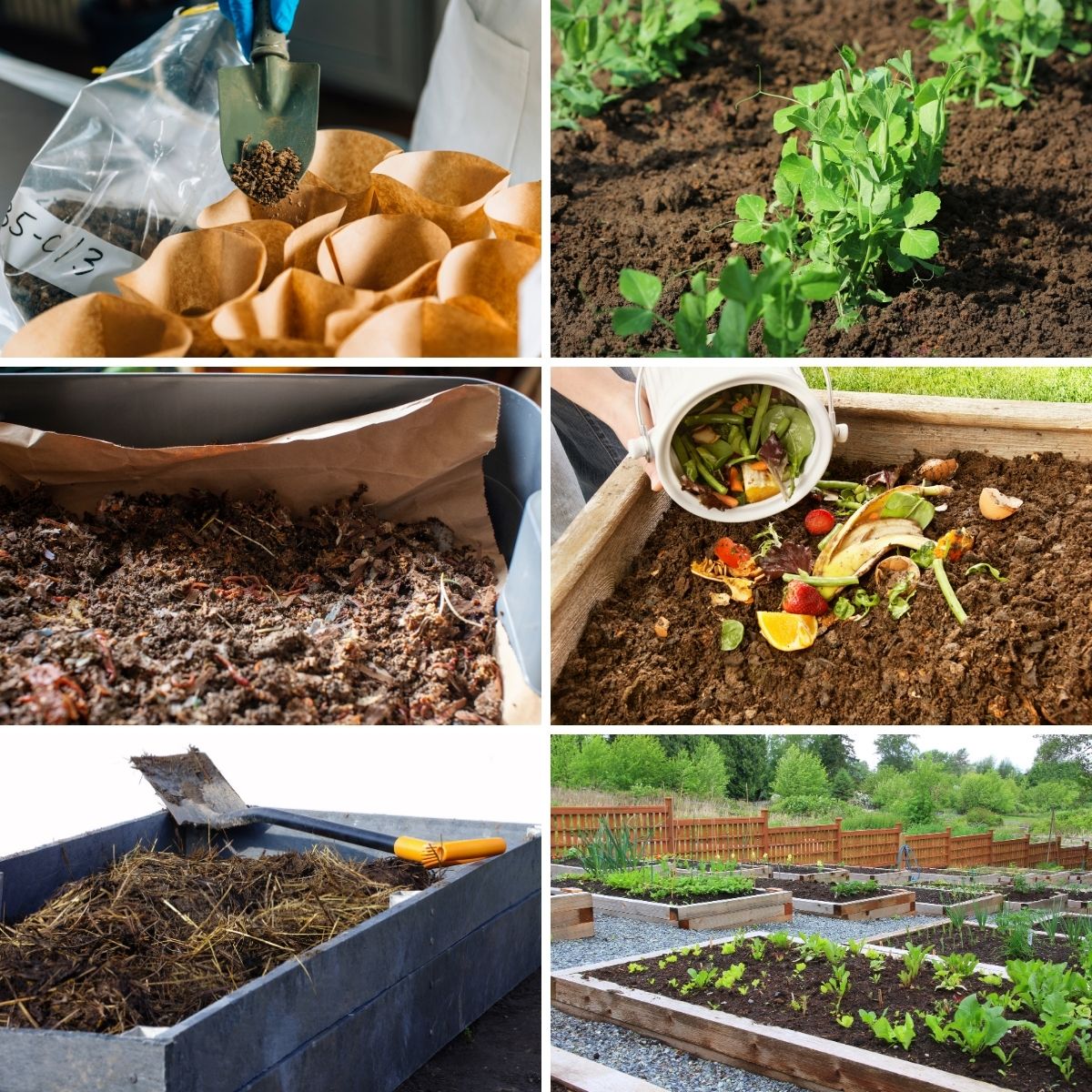
Fortunately, there are several easy ways you can improve your soil without having to lift a finger (well, okay – maybe just one finger!).
There are very few gardens out there that have soil that is 100% perfect for growing plants. As a gardener, though, there is a wide assortment of amendments you can use to build soil, provide nutrients, and encourage healthy plant growth.
As a gardener, there are plenty of “tools” you can rely on to help make your soil better over time.
Here are some tips for amending a garden bed prior to planting – you’ll be happy that you took the time to do so!
1. Know the Benefits of Adding Amendments
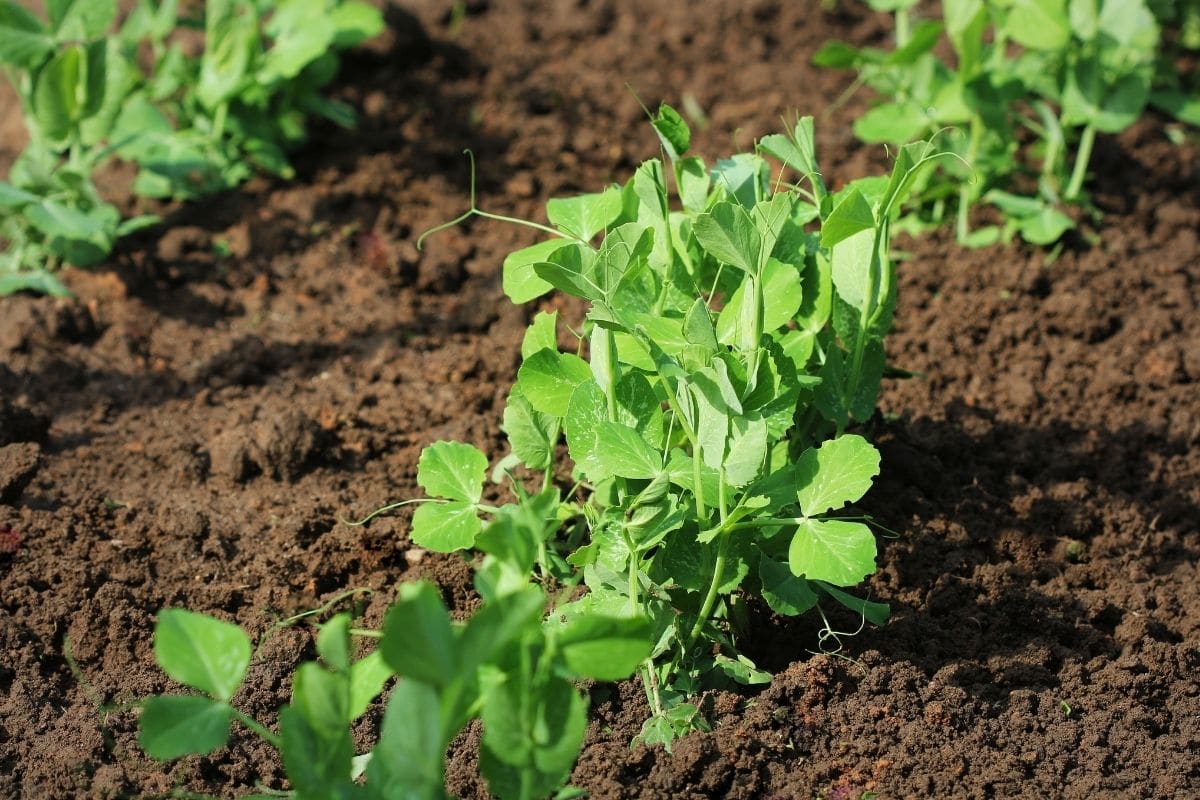
The first step in amending your garden beds before you plant is understanding why you’re doing it in the first place. Without knowing the many benefits of amending your garden beds, you won’t be nearly as likely to take the time to do so. There are plenty of good reasons to consider amending your soil.
For starters, remember that soil is a complex ecosystem with all kinds of microbes, organisms, organic materials, and even minerals. These soils vary not only depending on where you live but even within the same yard. Soil provides plants with everything they need to grow, from nutrients and water to even bacteria that colonize plant roots.
Soil amendments can help improve the level of organic matter in the soil and also to support the fragile food web within the soil. They can improve the ability of the soil to hold moisture and also improve its structure, texture, and aeration. Finally, the right soil amendments can improve plant growth and reduce diseases.
2. Conduct a Soil Test
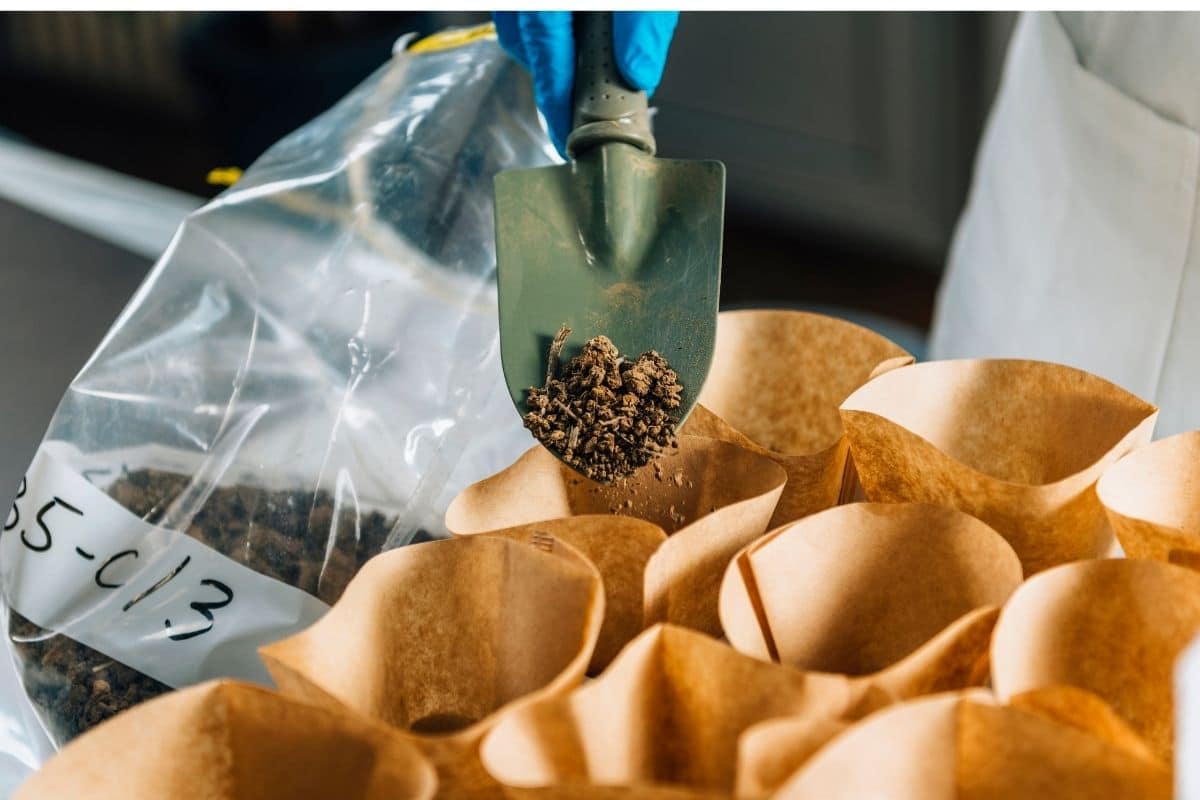
There are all kinds of soil amendments you can choose from, but it can be tough to find the one that’s right for your garden.
The best way to figure out what kind of soil amendment you should use is to start with a soil test. This will give you the best idea about the health of your soil and tell you its pH, fertility, and organic matter percentage. Once you know what your soil is deficient in (or not), you can choose the right amendment for your needs.
Want to improve your soil quickly? Cow manure is one of the best options, since it breaks down quickly. Need to feed all season long? Compost is the right choice for your needs.
If you can, test your soil every five years or so. This is a necessity even if your garden is growing well.
3. Consider Some Poop!
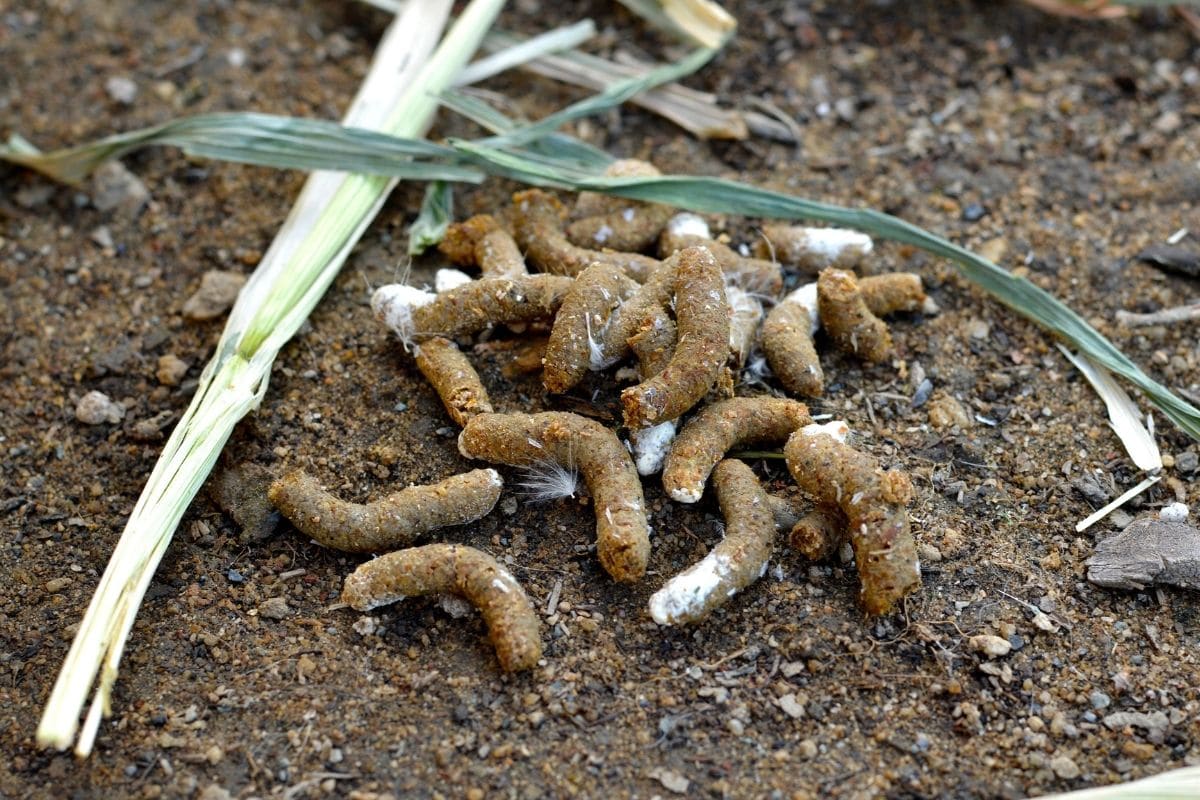
We already mentioned compost and cow manure when you’re looking for soil amendments, but those aren’t the only options. You might also consider using other animal manures.
Chicken manure is perhaps the one that people talk about the most often. It’s weed-free, so you don’t have to worry about introducing weeds to the garden when you spread it. It is, however, very high in nitrogen. That’s not a bad thing, as most plants need nitrogen to thrive. However, it does need to be well-rotted when you add it to your garden or you risk burning your plants.
Rabbit manure is another option. These tiny round pellets are perfect for the garden because, like chicken manure, they are weed-free. They are much lower in nitrogen, though. The same goes for sheep manure, also a pelletized, weed-free option.
Some people even use horse manure in their gardens. This is an option that is generally easy to find – but it may introduce weeds as horses don’t digest seeds as well as other animals.
If you decide to use animal manure, be sure to ask the farmer about their use of chemicals. These can be imparted into your garden, a detriment if you are trying to grow organic produce.
4. Make Your Own Compost
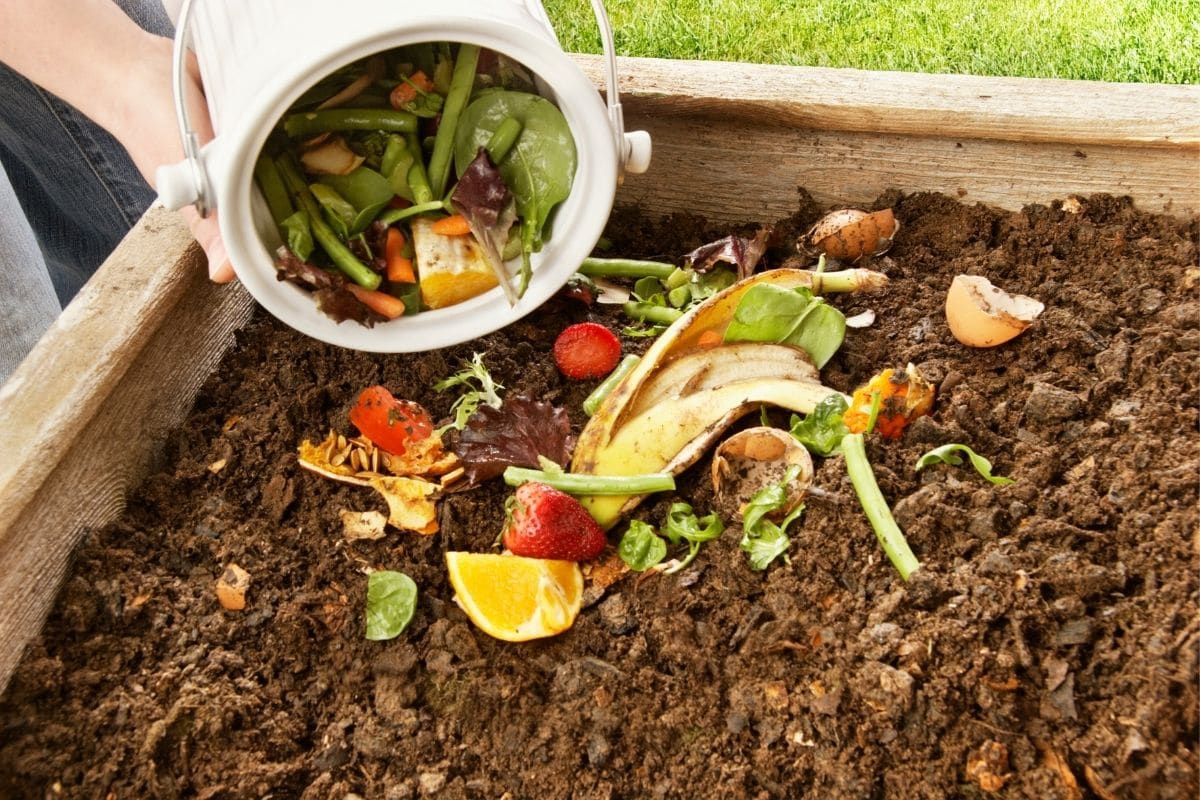
Again, compost is one of the best options you can consider when it comes to amending a garden bed prior to planting. It’s not only easy to make, but it can be free, too, if done correctly. You can make your own compost by piling up organic materials and then giving them time to break down. Though not an instant process (it can take several months to years for compost to break down completely), it is a good option for making your own nutrient-rich organic matter.
You can add compost to the garden bed at any time, but most gardeners will do so in the spring and in the fall. It can even be used as mulch, making it a multipurpose soil amendment that you’ve got to consider.
Start with this list of things to compost that also includes a few things to avoid. Then, you can even have fun with this list of ideas for building your own compost bin. It’s one of the ideas that are the most fun as you can see something so simple turn into something amazing for your garden.
5. Use Chopped Leaves or Leaf Mold
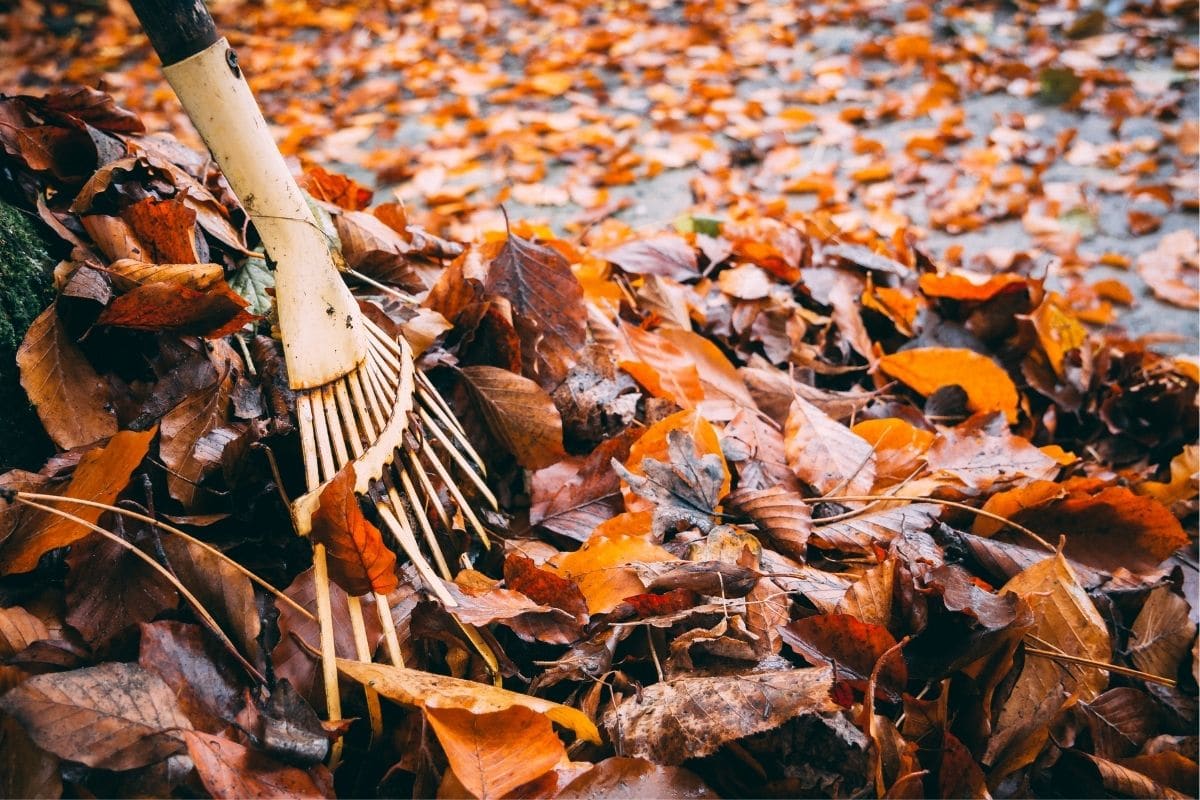
Leaves are also incredibly beneficial when it comes to amending a garden bed. One of the biggest benefits of using this kind of fertilizer is that you don’t have to do much to add it in – in the fall, when leaves are on the ground aplenty, just leave them in the garden.
You can also make your own leaf mold compost by shredding some leaves and putting them in a compost bin. Just fill the bin with shredded leaves and wait. It will take about a year for your leaf mold compost to be finished and ready to use in the garden.
6. Peat Moss
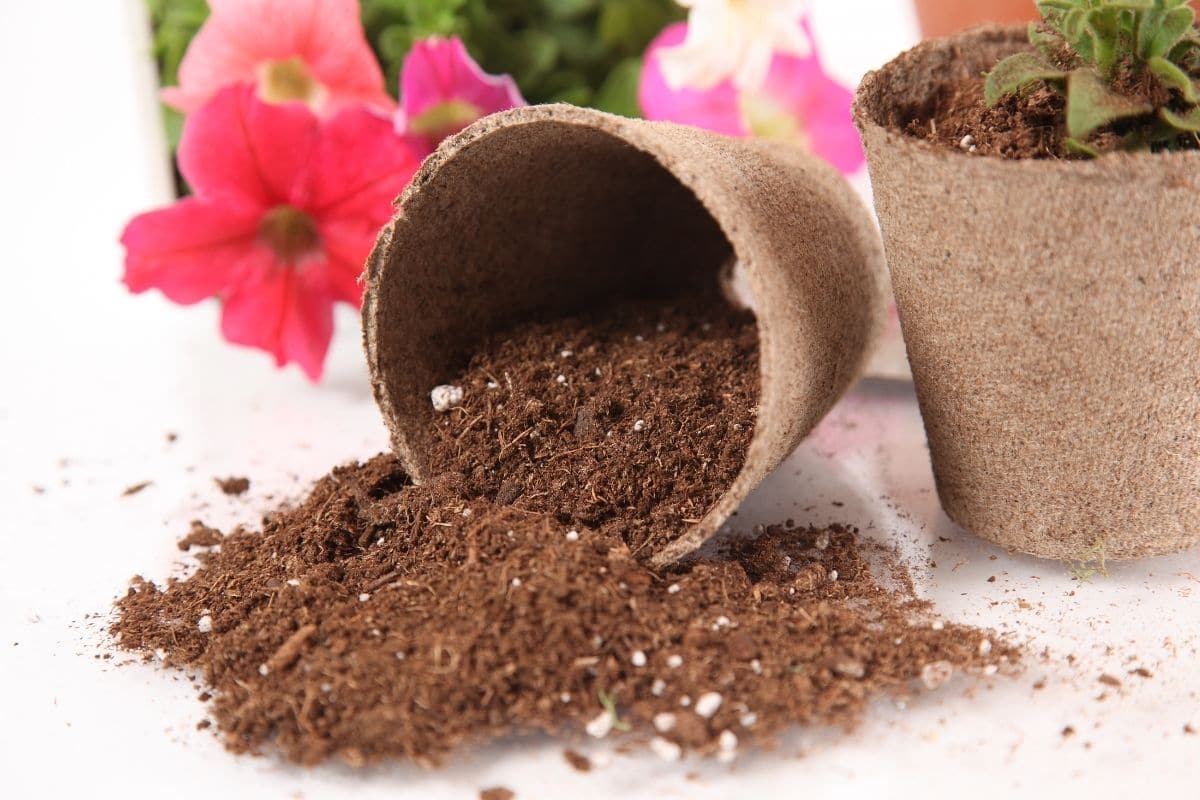
Peat moss is a somewhat controversial garden amendment as it doesn’t so much as fertilize the soil as it does to condition it. Made out of dried-up sphagnum moss, it’s controversial because of the somewhat un-environmentally friendly ways in which it is harvested.
It’s also not the best choice for mulching or topdressing and contains few microorganisms. It’s also acidic.
That said, in a pinch, it will do a good job of improving the moisture retention of your garden beds.
7. Try Kelp Meal
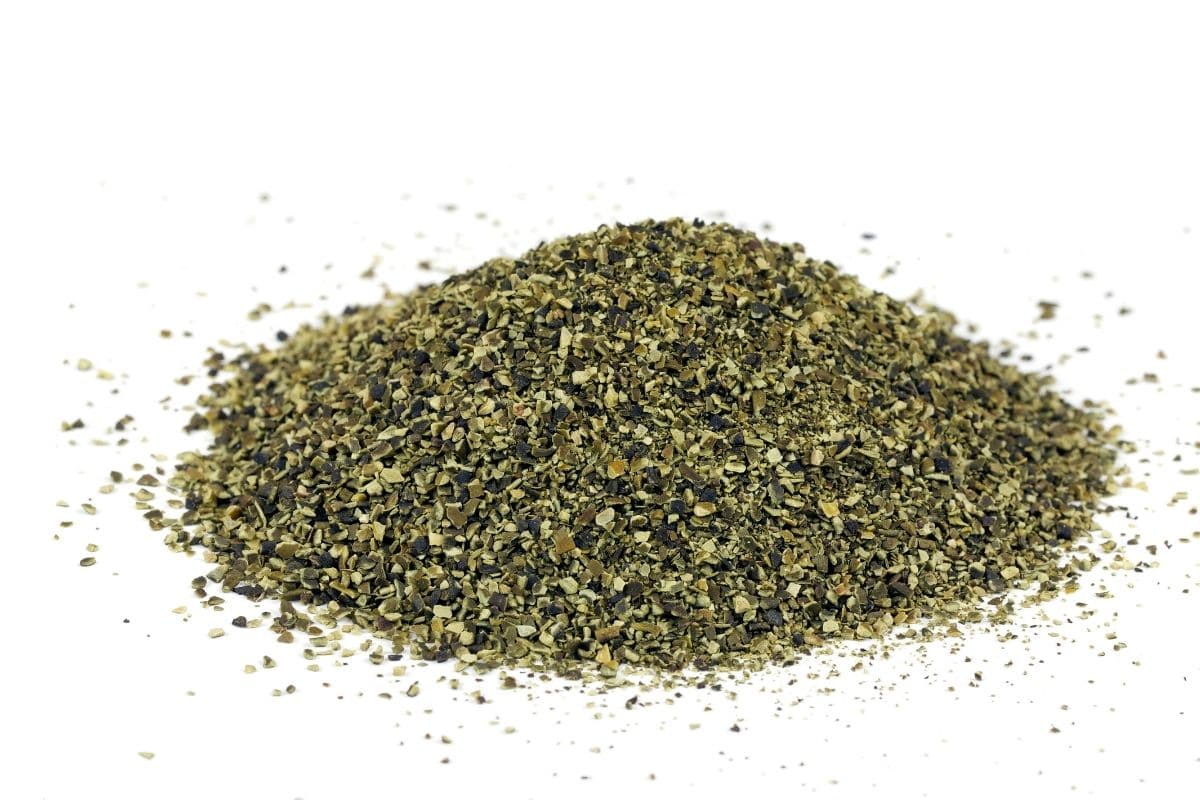
Kelp meal is an often unheard-of soil amendment but it’s one you might want to consider. Basically, just washed-up seaweed, kelp meal can be brought home and added to the compost bin. It’s rich in micronutrients and all kinds of plant hormones, both of which can encourage the growth of your plants. It’s best added to flower or vegetable beds in the spring.
This is just one of the great gardening hacks that may seem a bit unusual but can have amazing benefits for growing a larger garden harvest this year!
8. Master Your Timing
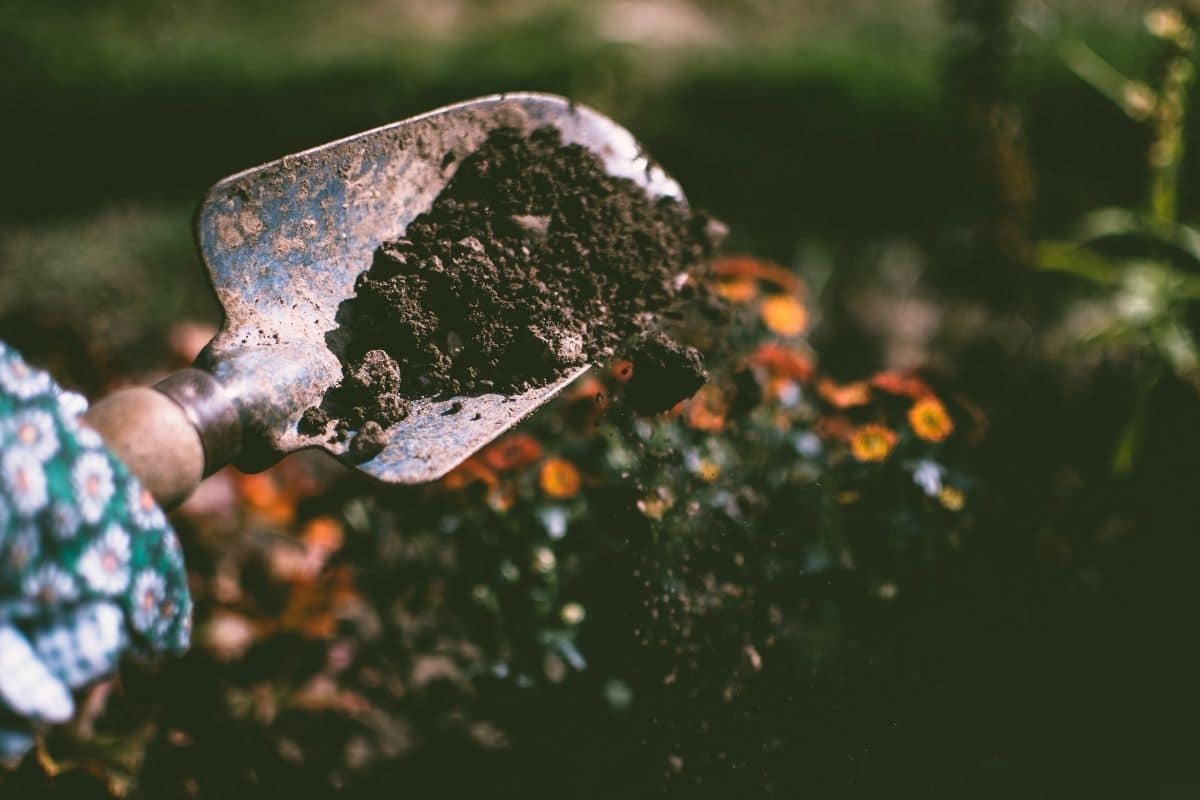
When it comes to amending a garden bed prior to planting, it’s not just about what you use to amend your soil but also about when. You don’t have to wait until spring. You can add soil amendments in the late summer and the fall, which is a time in which it’s easy to source organic materials.
By adding these ingredients in the fall, it will also give the soil time to break down the materials so your plants can take full advantage of the nutrients in the spring.
Many amendments can be added directly in the spring, though, as well as between successive crops.
9. Know How Much to Add
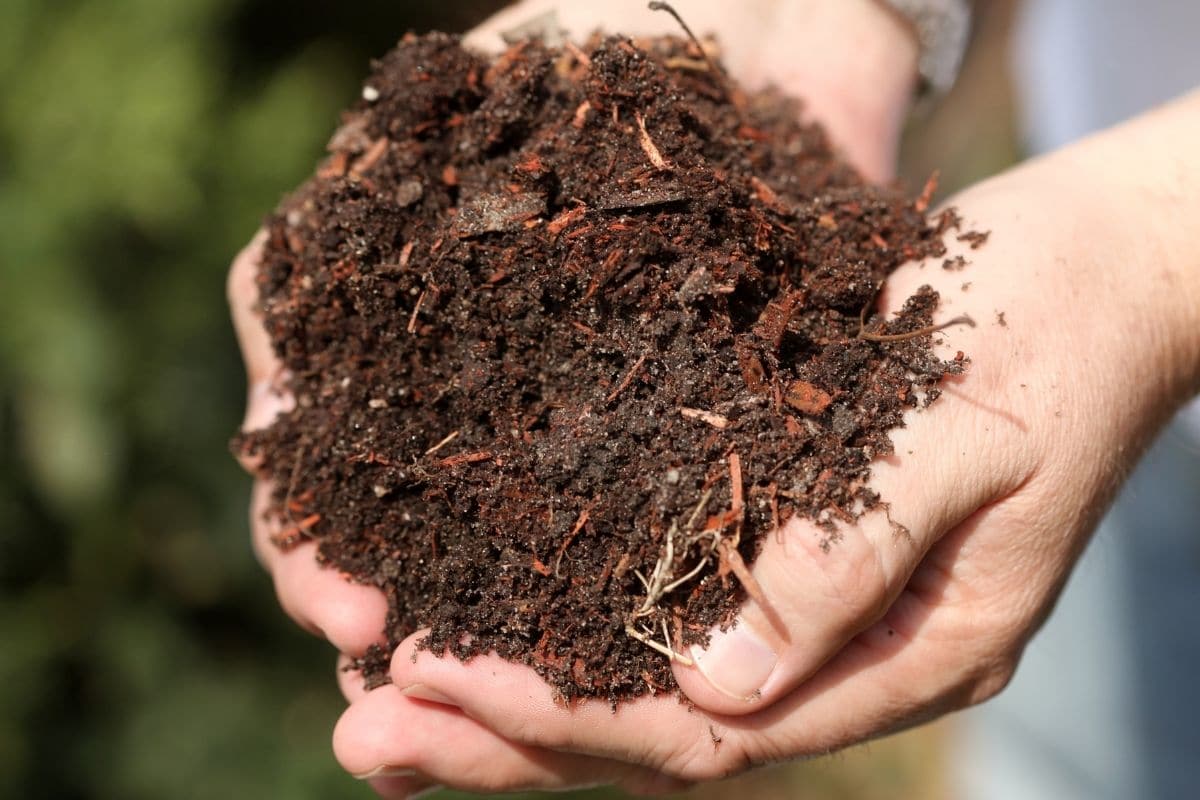
It’s also helpful to know how much of a certain amendment you should add to your garden. Again, this will depend primarily on the results of your soil tests. In general, a garden oil amendment is meant to be mixed into the soil while a mulch is applied to the top, but soil contains about 4 to 5% organic matter so you’ll want to shoot for that number.
To reach this goal, consider applying a two-to three-inch layer of your chosen amendment (be it compost, manure, or something else) in the garden.
10.Think Outside the Box
The soil amendment options mentioned above aren’t the only ones you can choose from when you’re trying to build good garden soil. You might also want to consider things like:
Lava sand
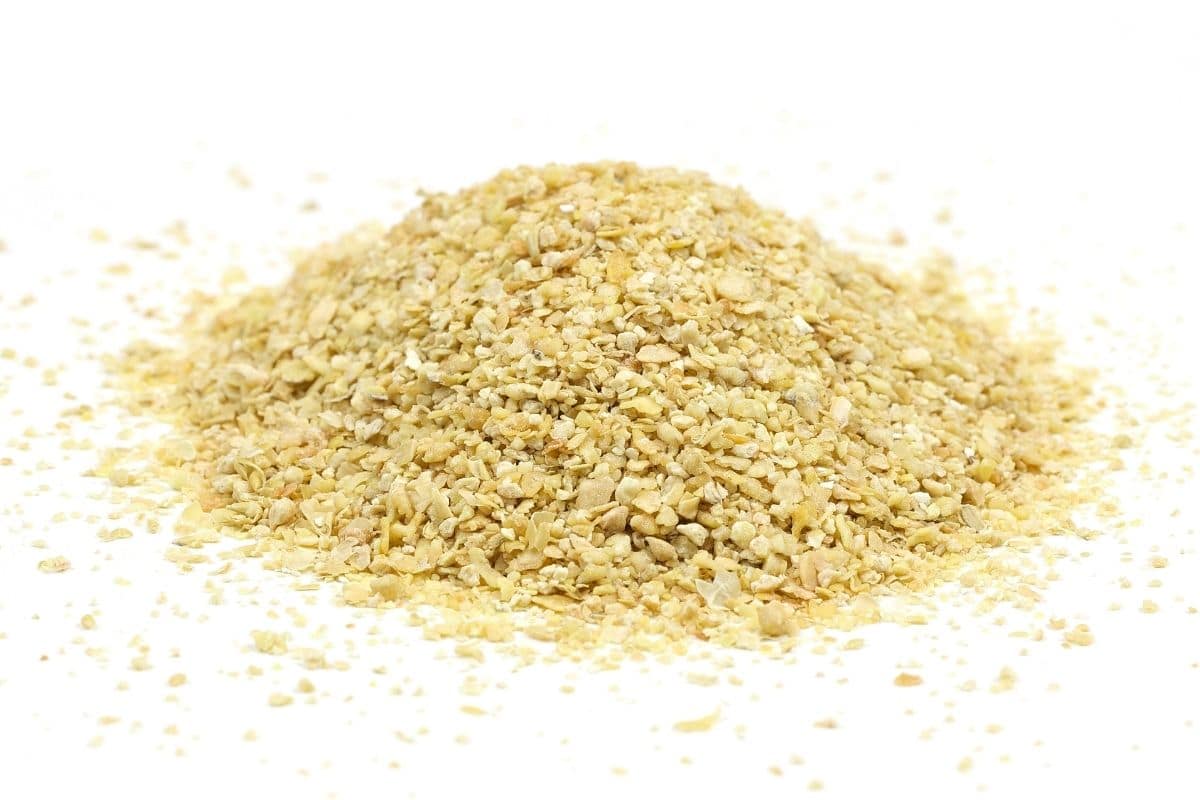
Alfalfa meal
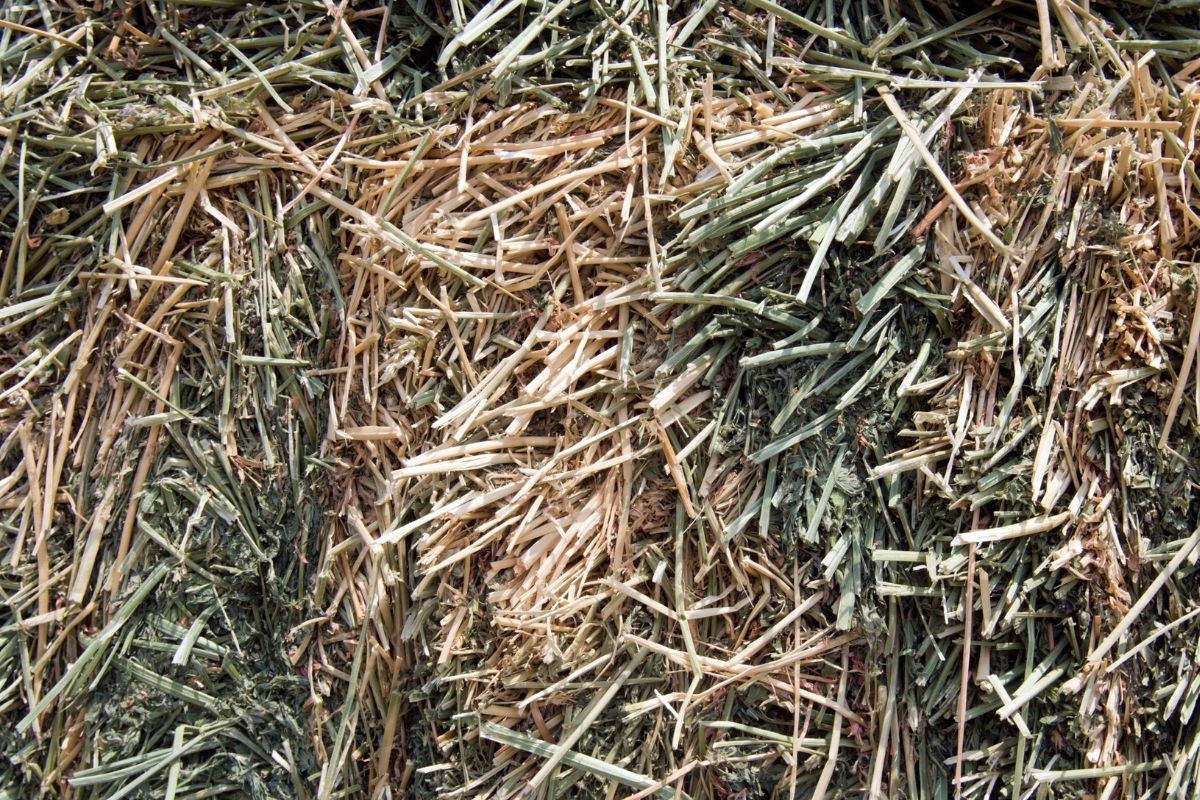
Grass clippings
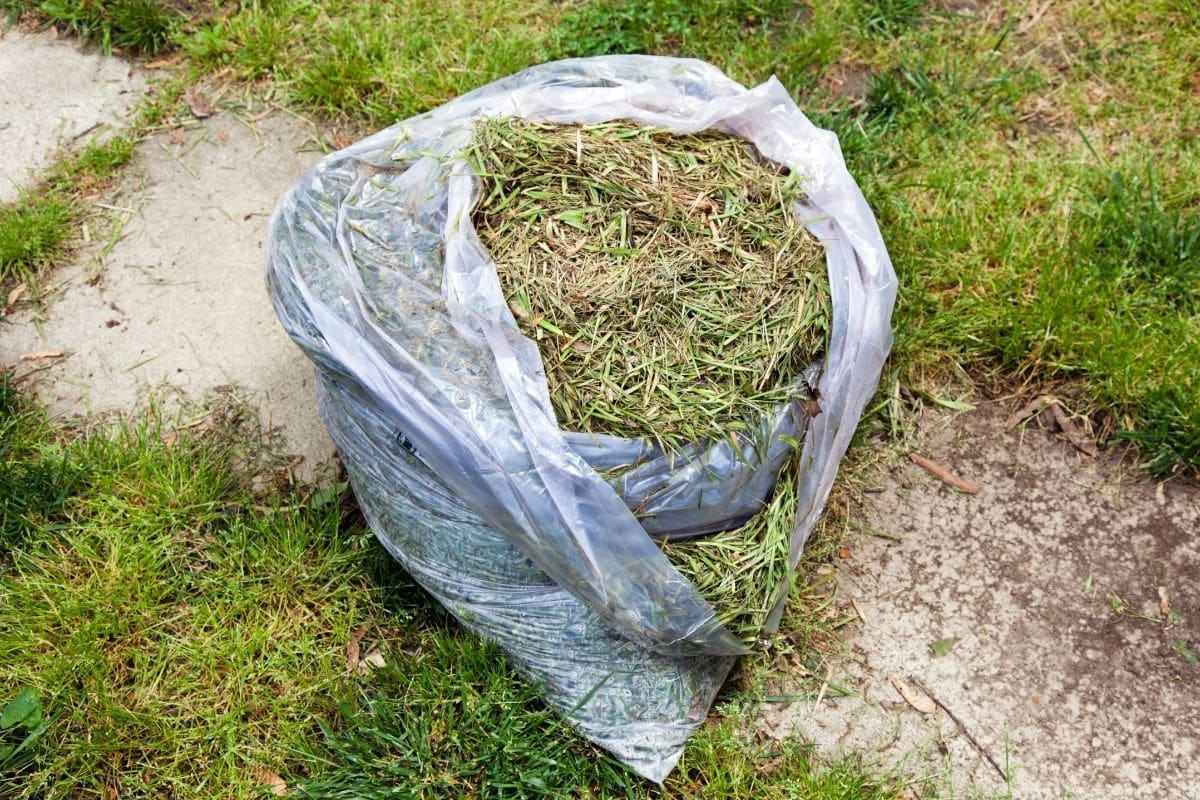
Coco coir
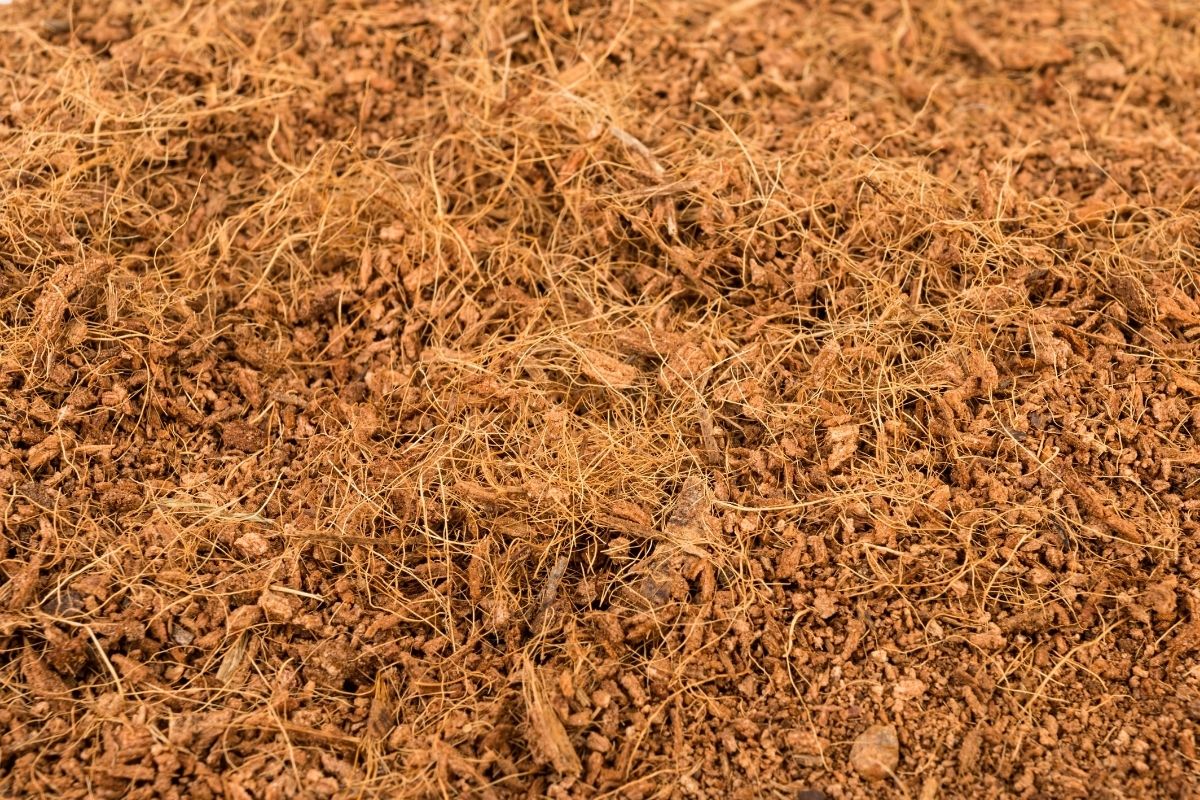
Worm castings
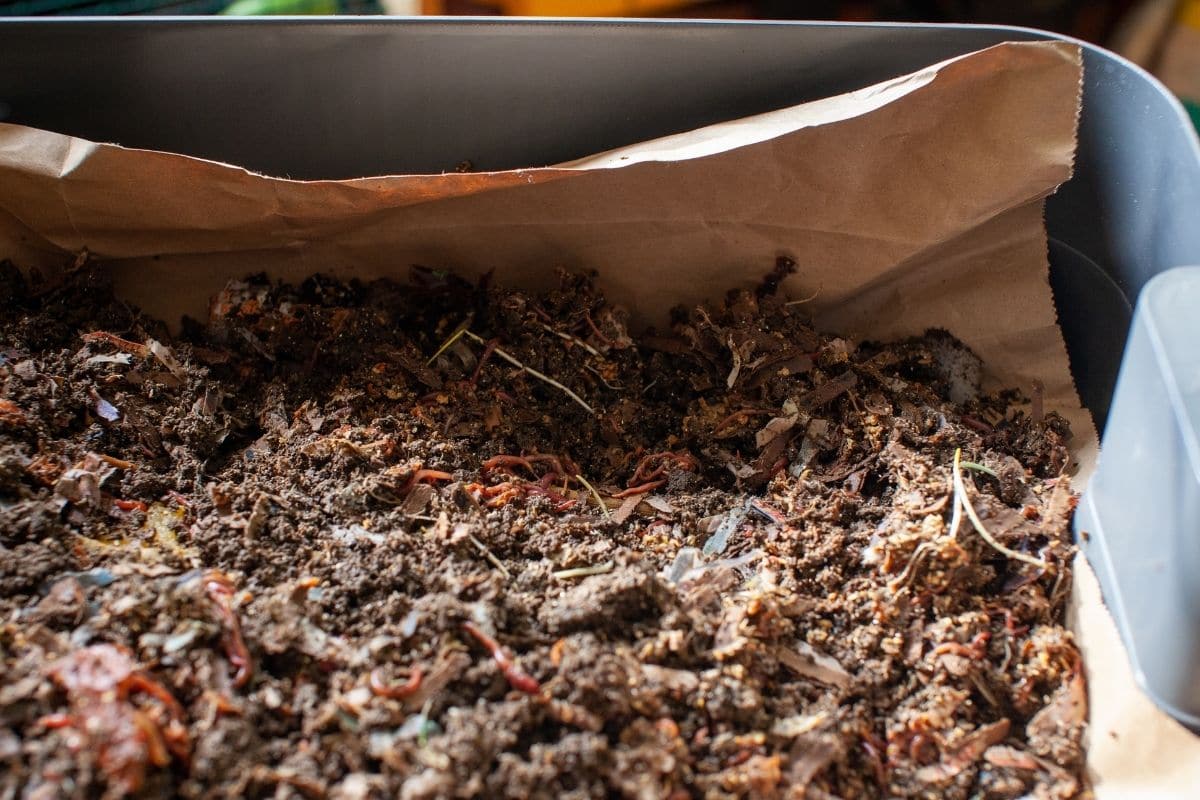
Vermiculite
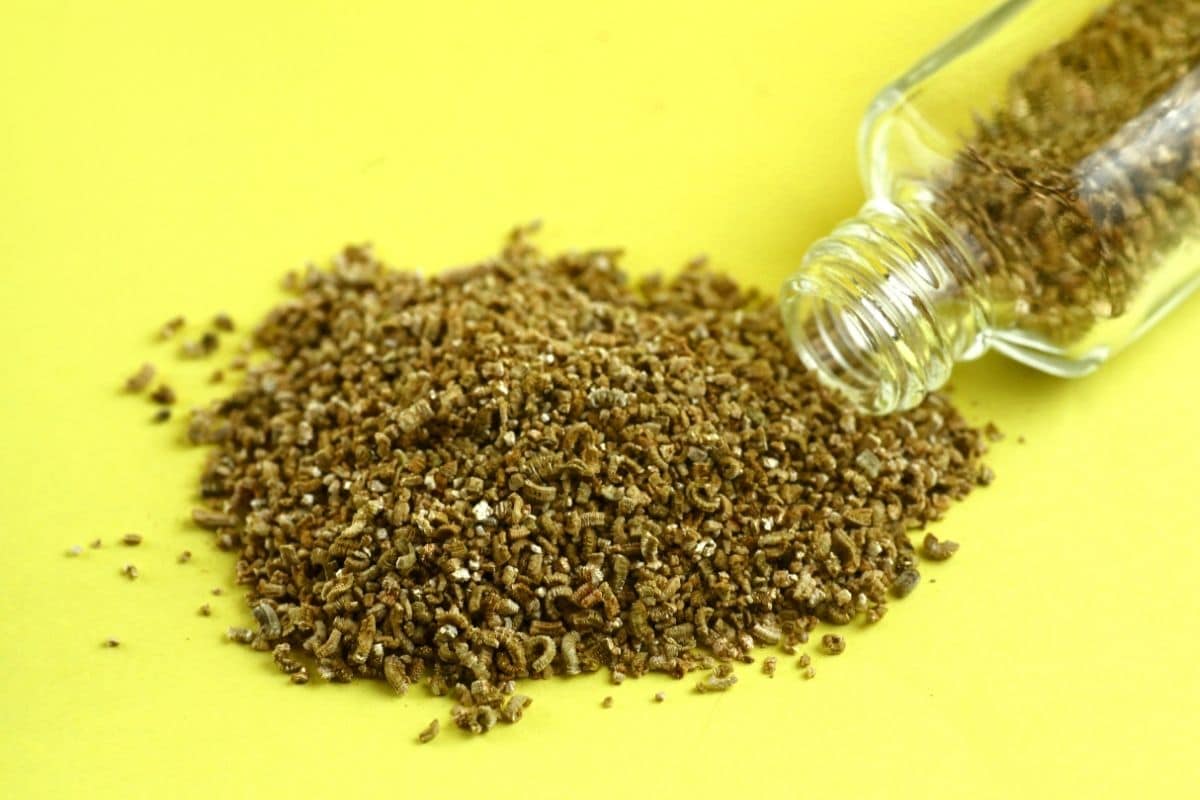
Straw
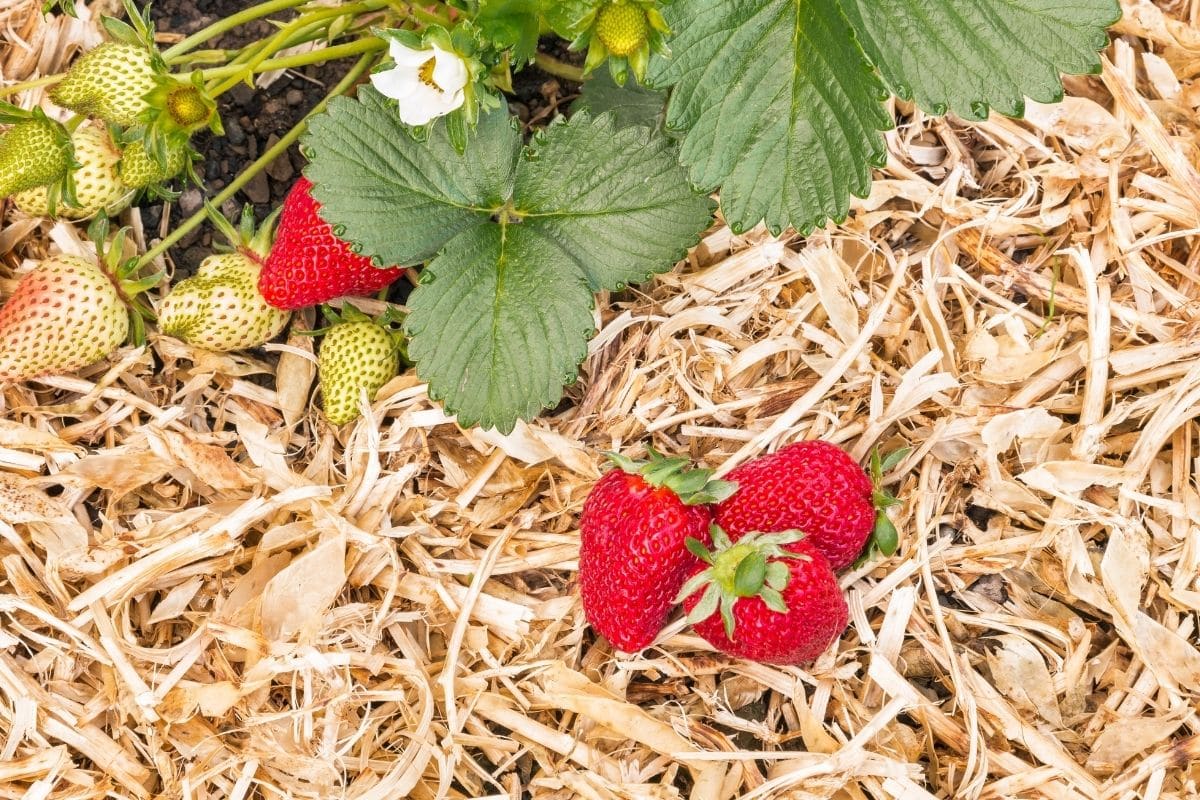
Cornmeal
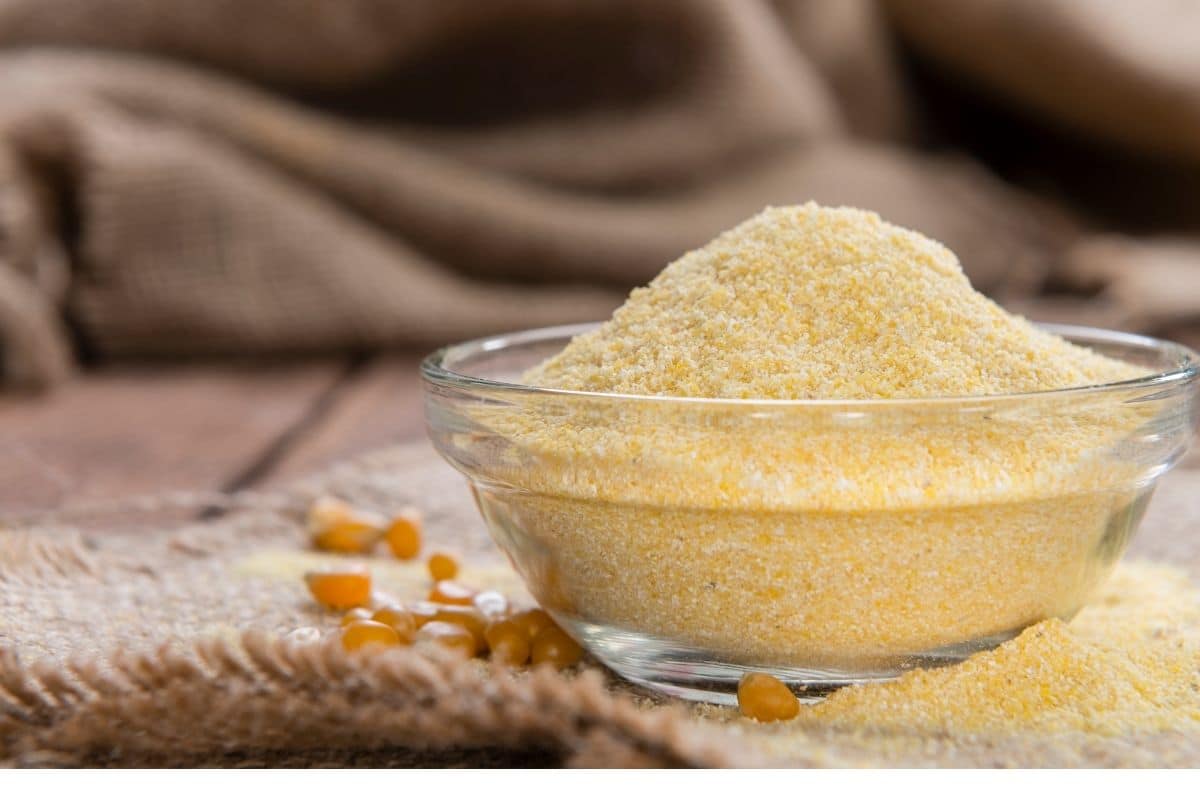
Greensand
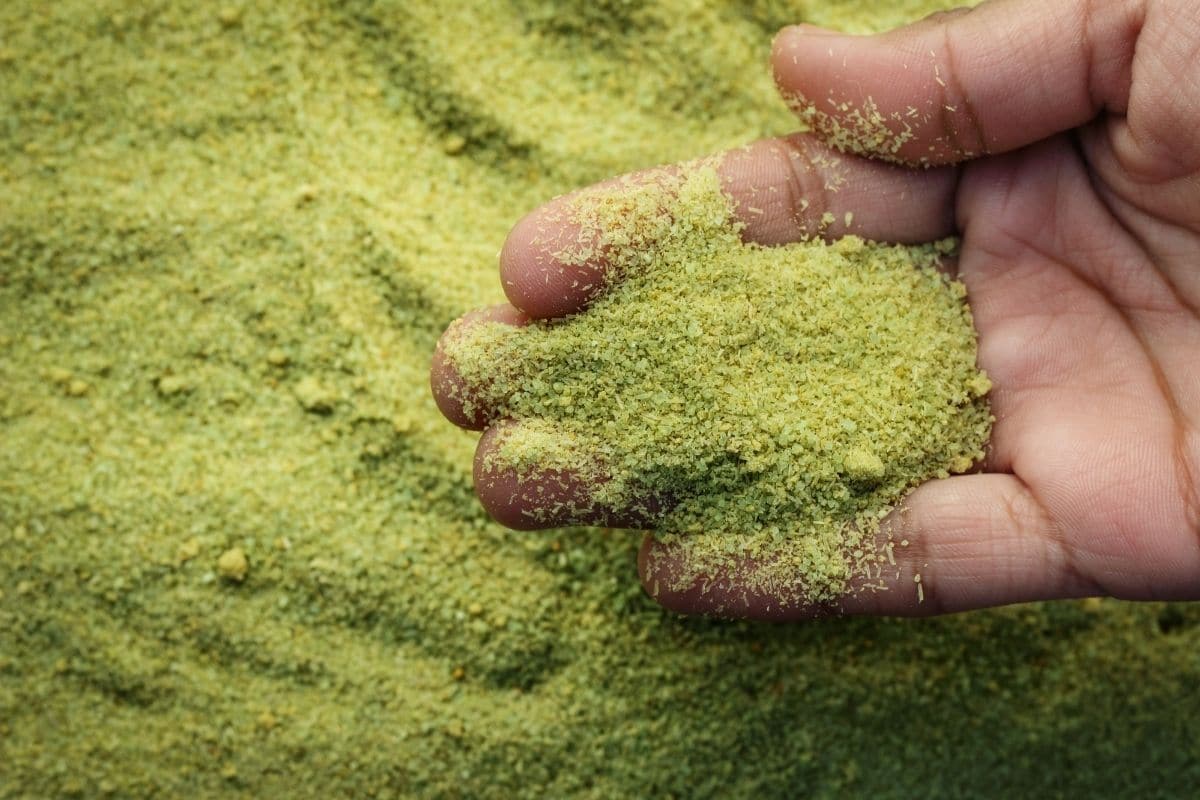
All of these will work wonders when it comes to amending your soil!
11. Grow a Cover Crop
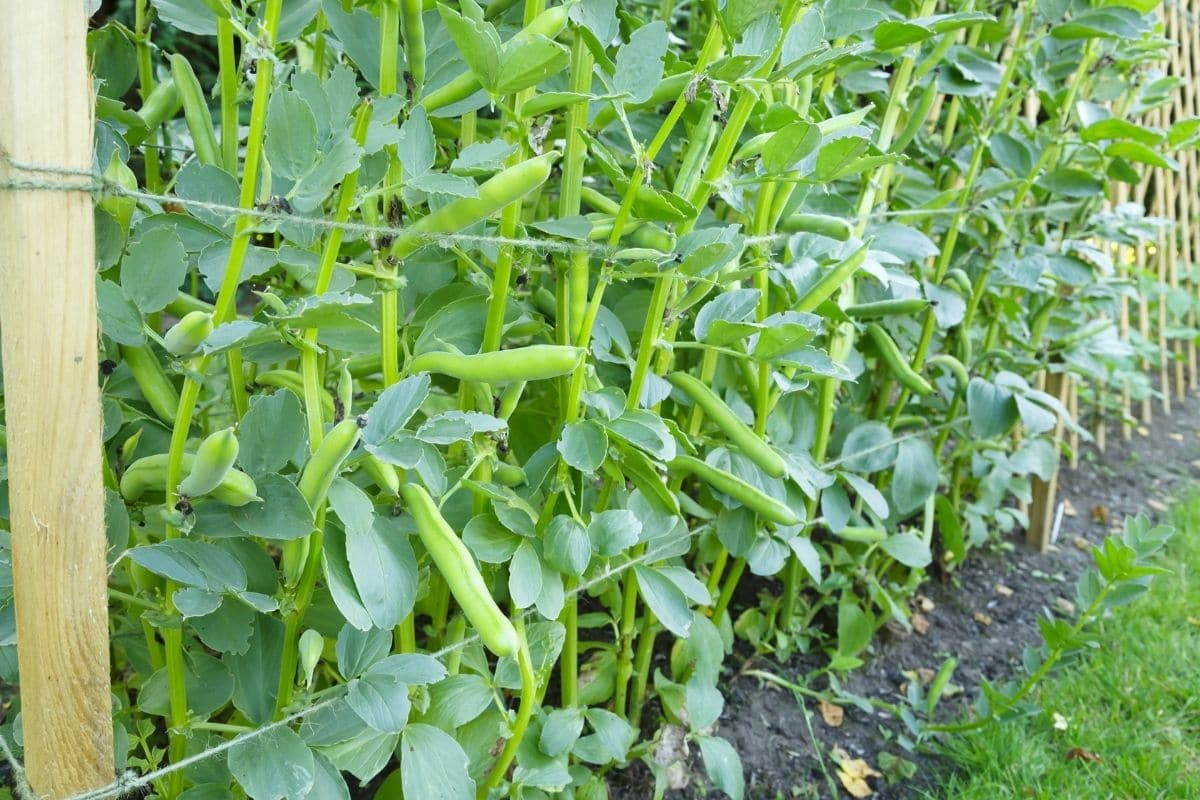
Cover crops are beneficial for so many reasons. Not only can they help replenish nutrients in depleted garden beds, but they can also prevent weeds from emerging. They can also reduce erosion since there will be less bare soil exposed to the elements. Some good cover crops to consider include fava beans, alfalfa, and crimson clover.
12. Give Lasagna Gardening a Try
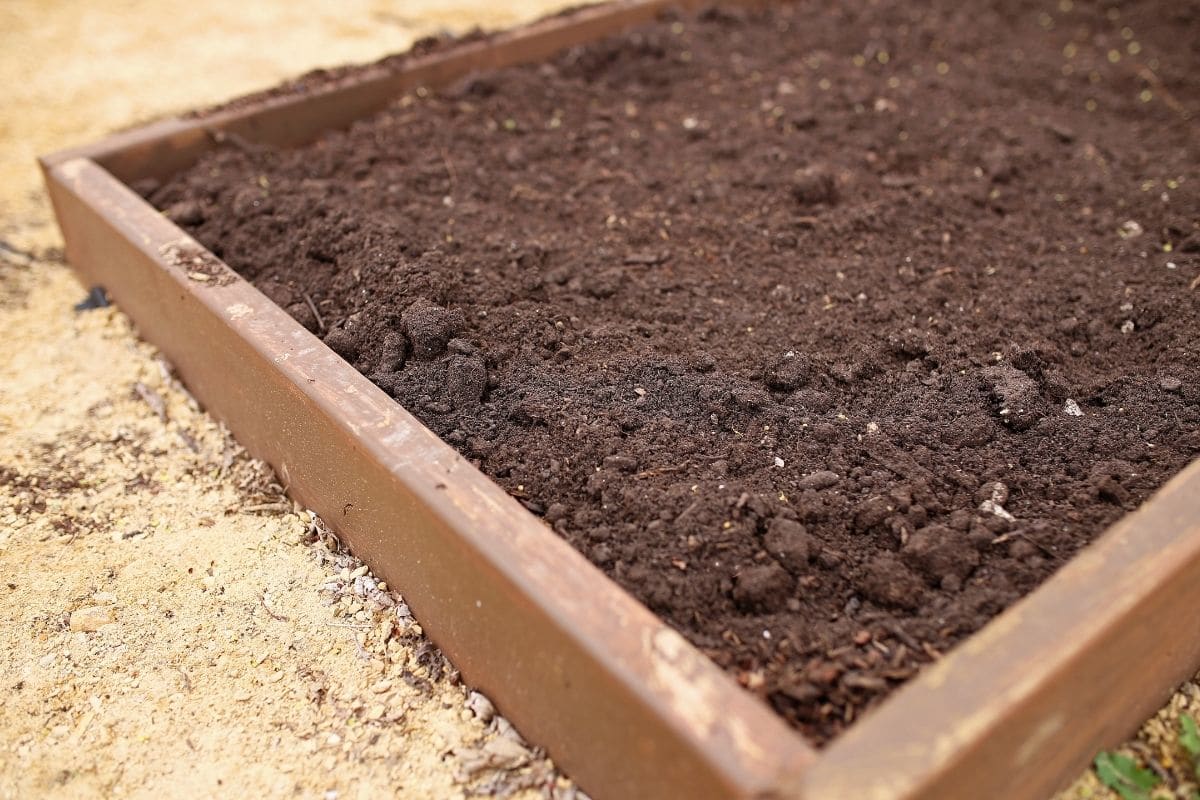
Lasagna gardening, also known as no-till gardening, is a good way to amend your garden without relying on tilling. It can also help you build a brand-new raised bed if you want to start from scratch. It essentially involves just adding layers of things like compost and cardboard until you have a usable space in which to plant your crops.
13. Prepare Beds for Winter
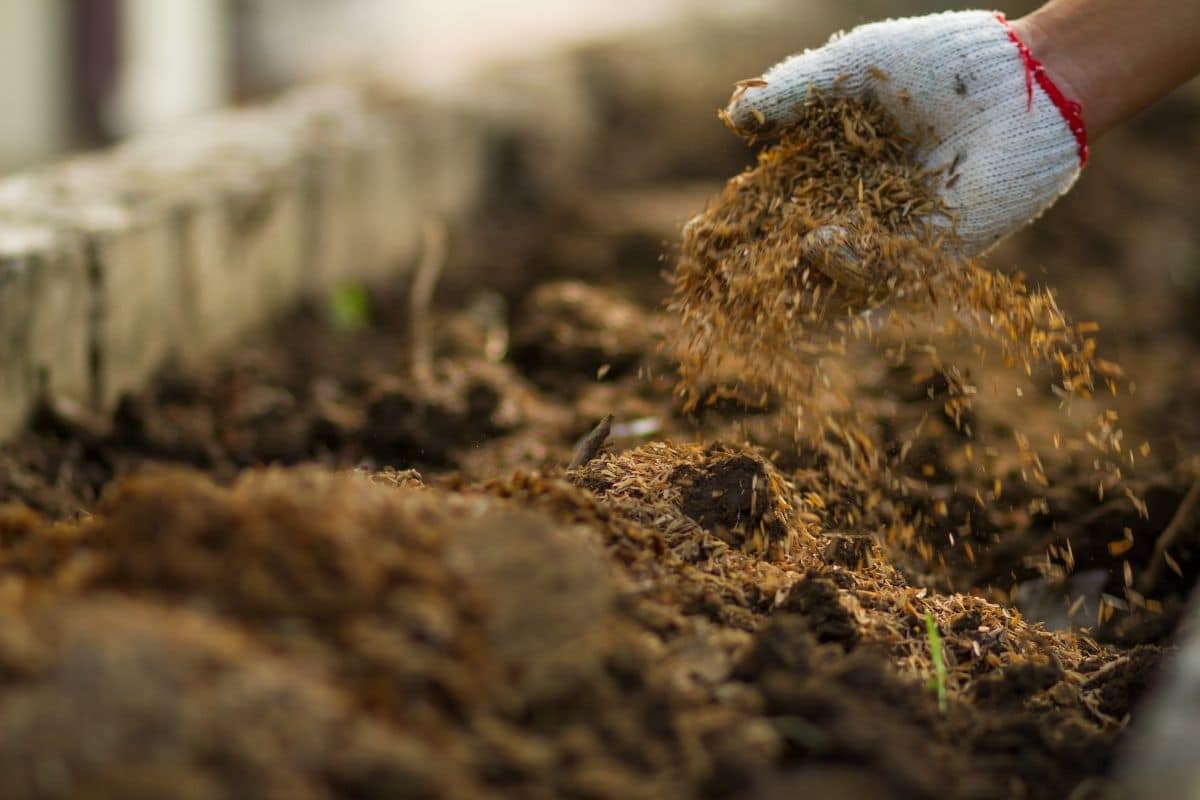
Many gardeners go to great pains to amend their garden beds prior to planting, only to totally neglect them over the winter months. Leave the roots of your plants when you pull them out of the soil. This will help aerate and fertilize the soil as the roots decompose. You can also spread a few inches of compost over the planting bed and cover it with mulch, which will protect the soil from erosion over the winter months.
This list of ways to winterize your garden is handy to bookmark for when the time comes later in the year. So many things that are beneficial to your crops the following year!
14. Rotate Your Crops
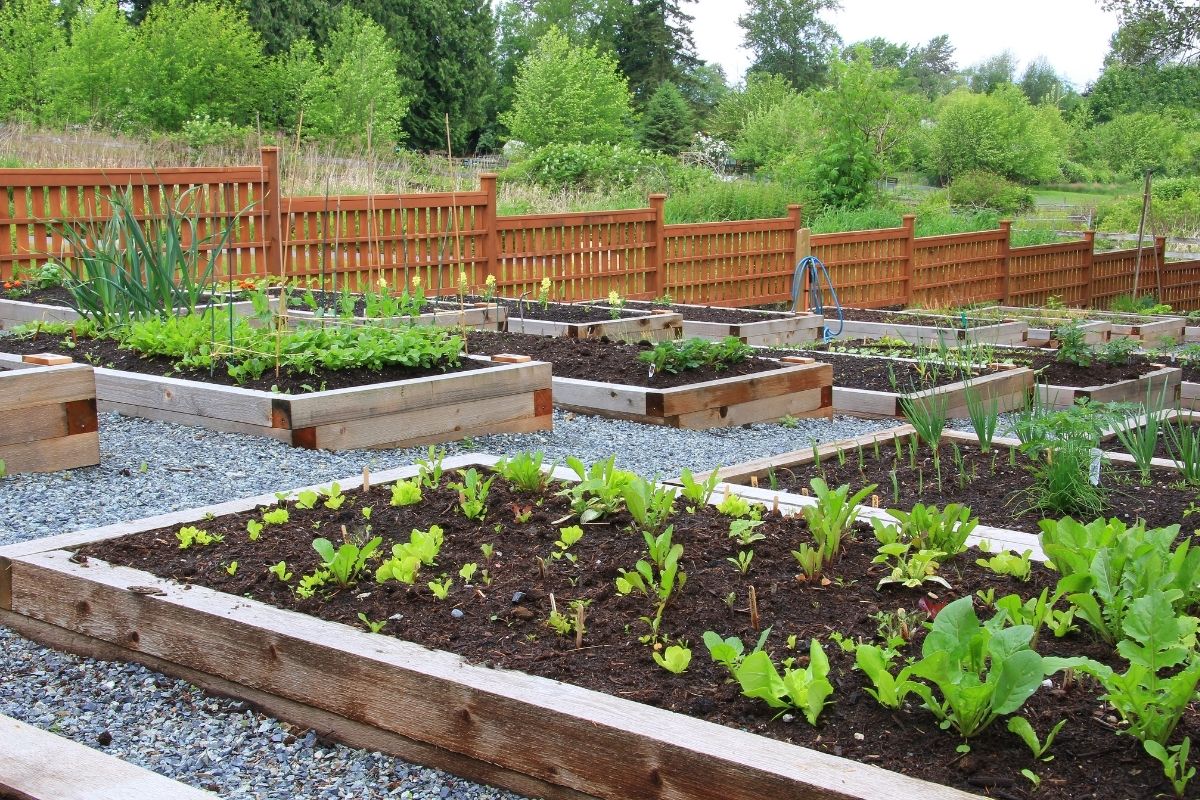
Whatever you do, don’t plant your crops in the same place year after year. This will not only increase the likelihood of various pest and disease infestations in the garden but it will also deplete the soil of nutrients over time. Instead, use your plants to help fertilize the soil for you. Beans and peas fix nitrogen in the soil, so the next year, you can plant something that requires lots of nitrogen (like tomatoes).
15. Don’t Till
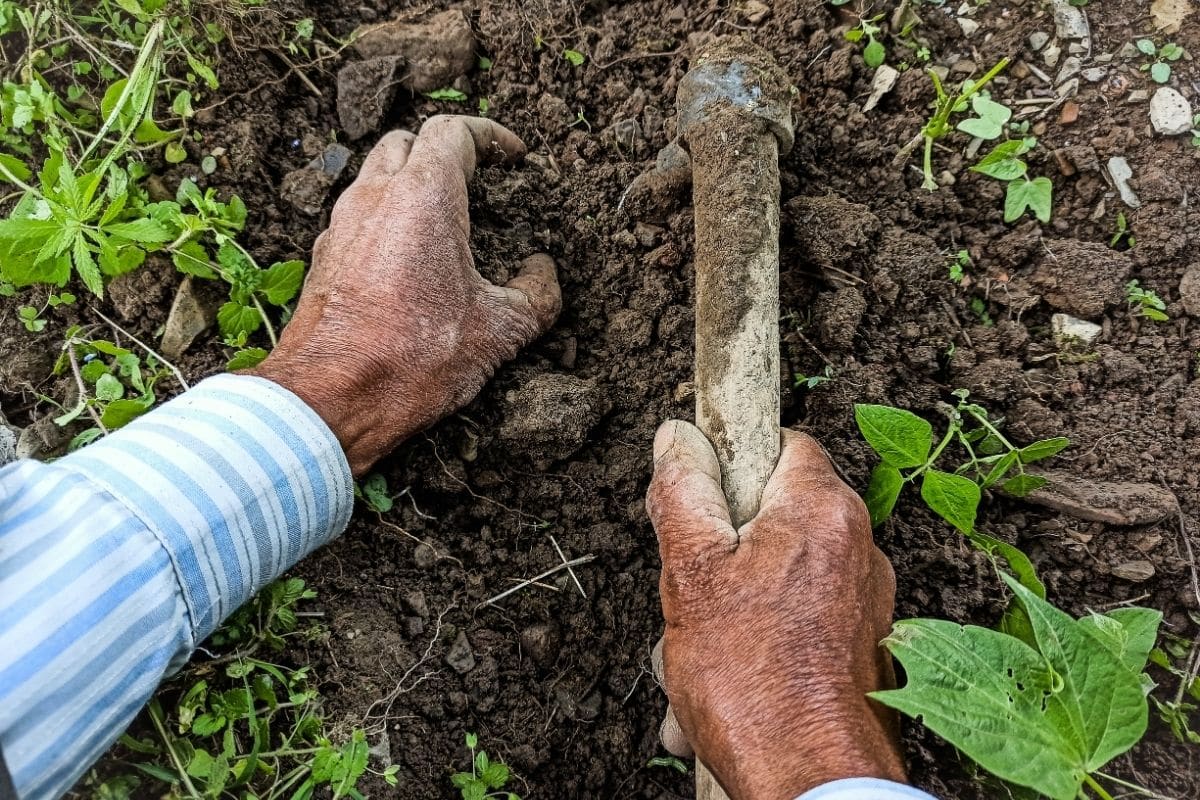
Whenever you can avoid it, don’t till your garden. Tilling will kill microorganisms that are not only beneficial to your plants but also absolutely necessary for their health. It also reduces the oxygen- and water-holding capacities of these oils.
Plan Ahead for Amending Your Beds
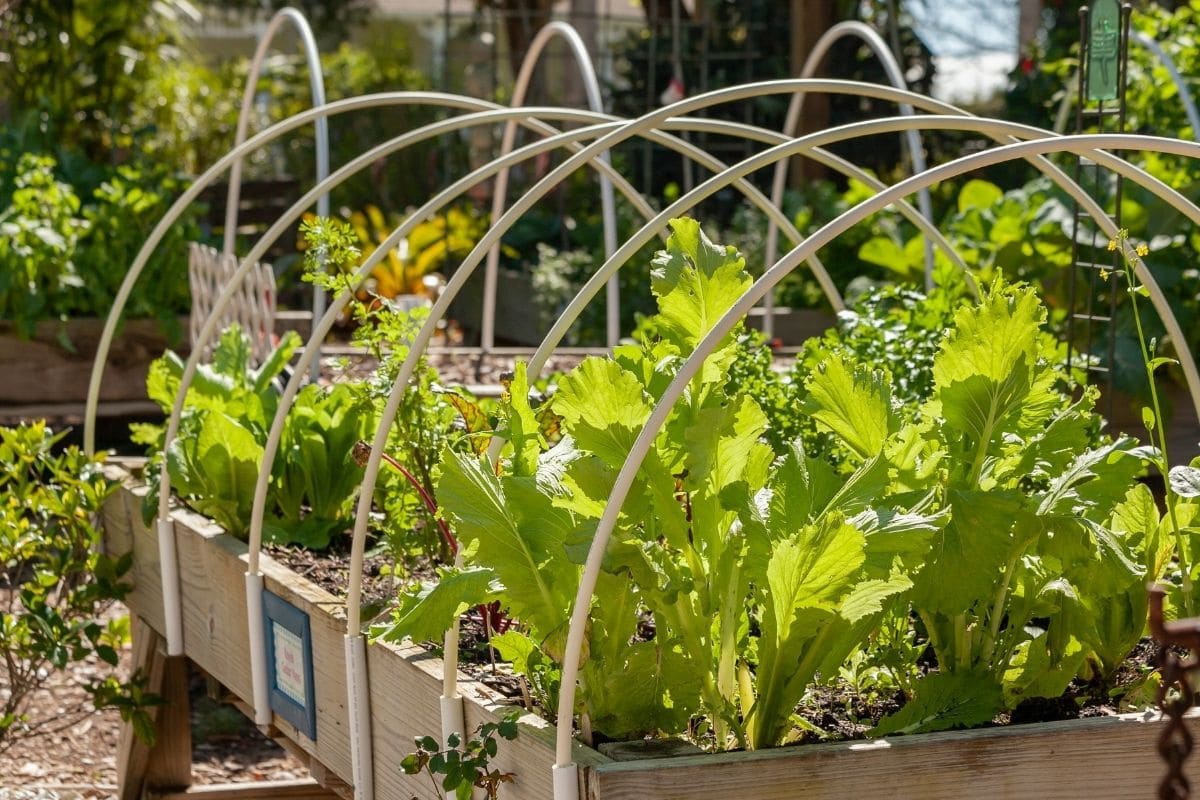
While you can implement just about any of these tips ahead of time, they can all be done more or less immediately before you plant, too. They’ll help your garden stay healthy and fertile for years to come!


